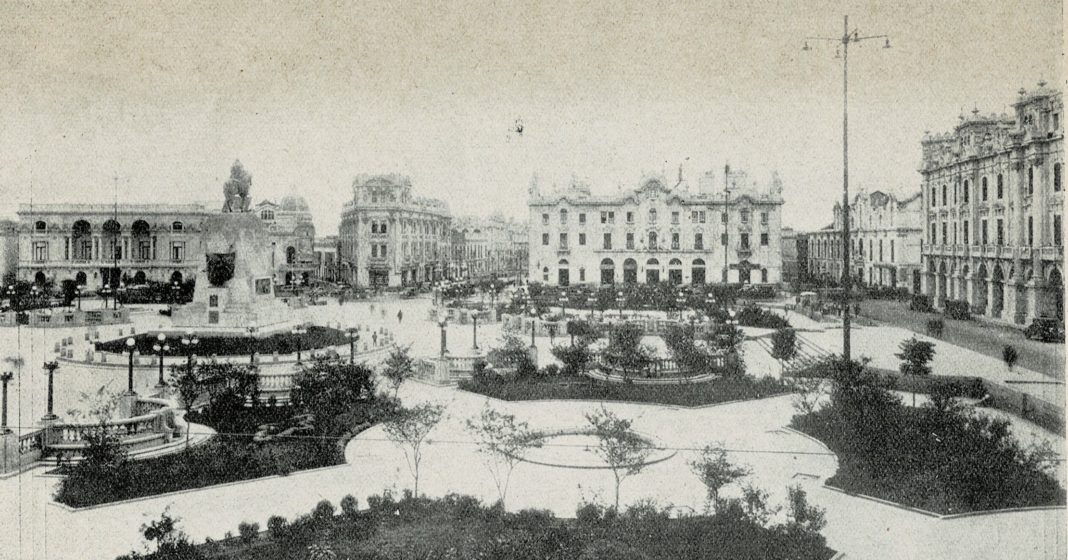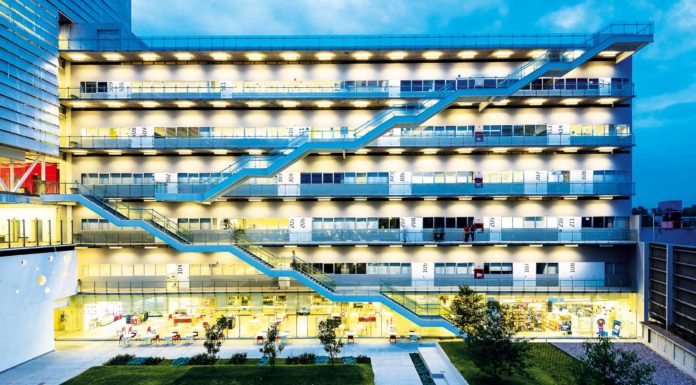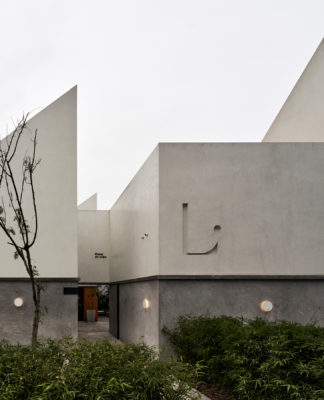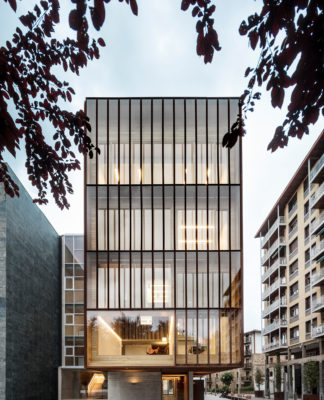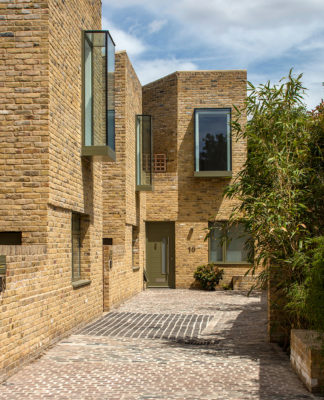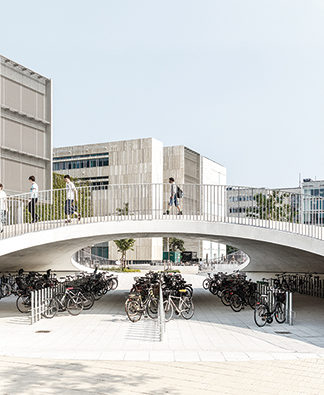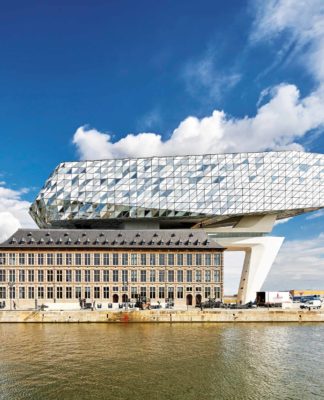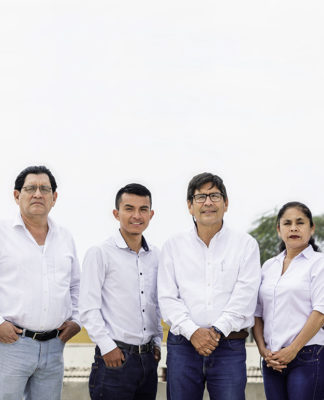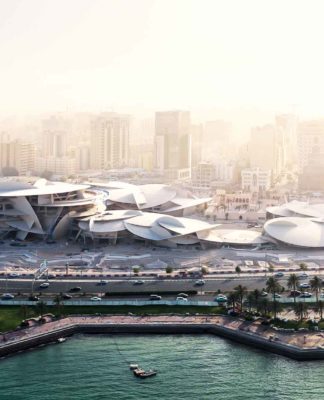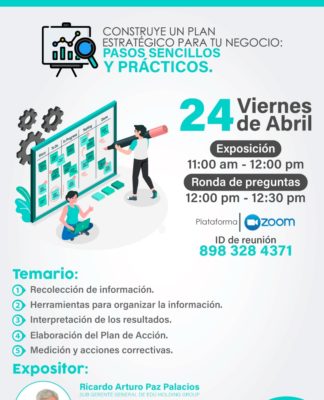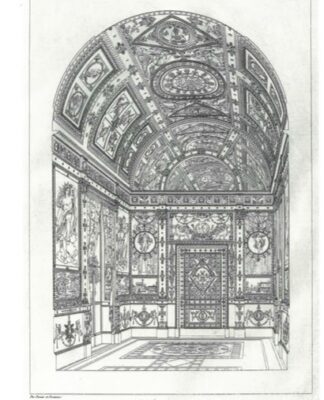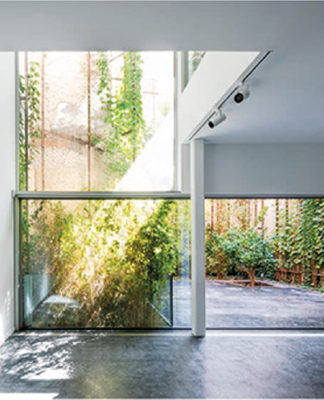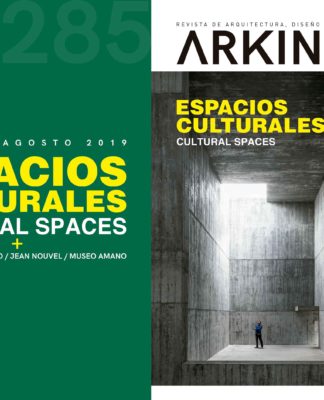LA PLAZA SAN MARTÍN Y LA EDIFICACIÓN DE SUS CONTORNOS EN EL CORAZÓN DE LA CIUDAD
Uno de los sectores limeños de más definida transformación urbana es el actualmente ocupado por la Plaza San Martín y sus portales, con sus contornos del Gran Hotel Bolívar, edificio Giacoleti, Teatro Colón y palacete del Club Nacional por un lado y el nuevo edificio de la Cerro de Pasco por el otro. El comienzo de ésta notable modernización se remonta a tres décadas, pero sin que al principio se vislumbrara que la necesaria transformación de ese tradicional a la par que vetusto perímetro de la Lima antigua llegaría a convertirse en la regia plaza y hermosos edificios que al presente la encuadran.
Fue indudablemente la Avenida de la Colmena o Nicolás de Piérola, con su proyecto de prolongación actual hasta el Parque Universitario, lo que favoreció la germinación de lo que ahora es grata realidad. Preparado el ambiente a favor de tan importante y necesaria transformación urbana, tocó a don Guillermo E. Billinghurst siendo Alcalde de Lima el año 1911, iniciar las primeras demoliciones del viejo caserón de la Estación del Ferrocarril Inglés al Callao, que primitivamente fuera Convento de San Juan de Dios, con iglesia del mismo nombre y fachada con torre haciendo frente hacia donde ahora se levanta el Hotel Bolívar.
Extraído de revista Ciudad y Camino, 1930
THE PLAZA SAN MARTÍN AND THE CONSTRUCTION OF ITS CONTOURS IN THE HEART OF THE CITY
One of the sectors of Lima with the most defined urban transformation is the one currently occupied by the Plaza San Martín and its portals, with the Gran Hotel Bolívar, the Giacoleti building, the Colón Theater and the National Club palace on its contours on one side and the new building of the Cerro de Pasco on the other. The beginning of this remarkable modernization dates back three decades, but without at first it was glimpsed that the necessary transformation of this traditional as well as the ancient perimeter of ancient Lima would become the beautiful plaza and buildings framing it today.
It was undoubtedly the Avenida de la Colmena or Nicolás de Piérola, with its current extension project to the University Park, which favored the germination of what is now a pleasant reality. Once the environment was prepared in favor of such an important and necessary urban transformation, it fell to Mr. Guillermo E. Billinghurst, being Mayor of Lima in 1911, to initiate the first demolitions of the old mansion of the English Railroad Station to Callao, which was originally the Convent of San Juan de Dios, with a church of the same name and a facade with a tower facing where the Hotel Bolívar now stands.
Extracted from 1930’s magazine -Ciudad y Camino-
#arkinka #arquitectura #architecture #arqueología #design #diseño #archeology #architecturestudio #peru #arkinka

